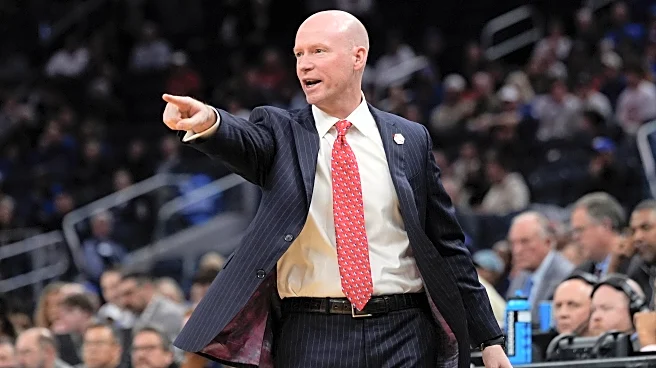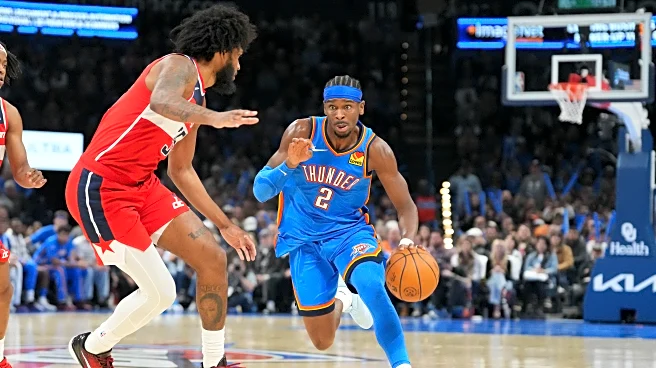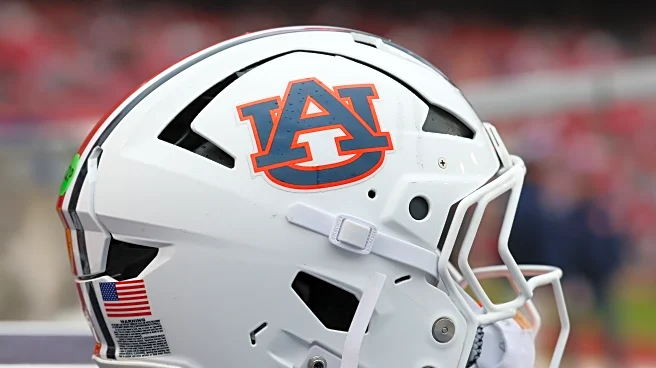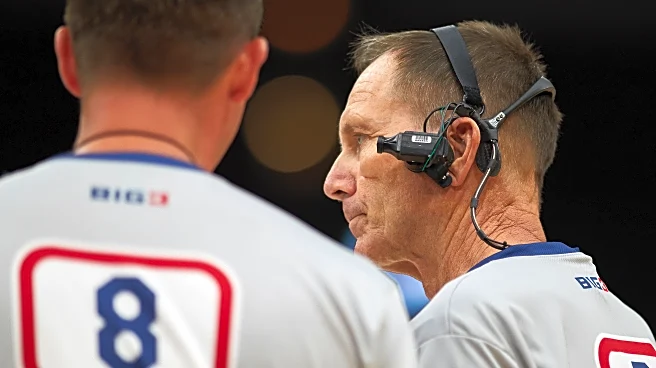What's Happening?
For the 2025-26 season, college basketball is implementing new challenge rules that allow coaches to contest specific calls during games. This change aligns college basketball with other major sports leagues
like the NFL, NBA, and MLB, where coaches have the ability to challenge certain decisions made by referees. Under the new rules, coaches can challenge out-of-bounds calls, basket interference, goaltending, and whether a secondary defender was in the restricted-area arc. However, coaches are limited to one challenge per game, which requires them to have a timeout available. If the challenge is successful, the team retains its timeout and can challenge another call. If unsuccessful, the timeout is lost, and no further challenges can be made. Notably, only the restricted-area circle check can be challenged among foul calls, and referees can still review goaltending and restricted area calls in the final two minutes of games, but cannot initiate out-of-bounds reviews.
Why It's Important?
The introduction of challenge rules in college basketball is significant as it enhances the fairness and accuracy of game outcomes by allowing coaches to contest potentially game-changing calls. This move could lead to more strategic use of timeouts and challenges, impacting how games are managed. It also aligns college basketball with professional sports, potentially increasing the sport's appeal and viewership by ensuring that critical calls are subject to review. The change may benefit teams by providing an additional tool to influence game outcomes, but it also places pressure on coaches to use challenges wisely. The ability to challenge calls could lead to fewer controversial decisions and enhance the integrity of the sport.
What's Next?
As the new challenge rules are implemented, teams and coaches will need to adapt their strategies to incorporate the use of challenges effectively. This may involve training sessions to understand the best scenarios for using challenges and managing timeouts. The NCAA will likely monitor the impact of these rules closely, assessing whether they improve game fairness and whether any adjustments are needed in future seasons. Stakeholders, including coaches, players, and fans, will be watching to see how these changes affect the flow and outcome of games.













